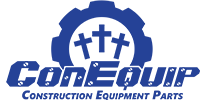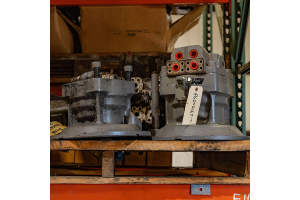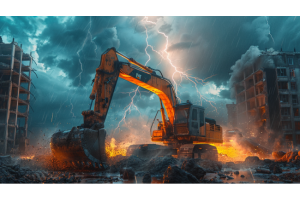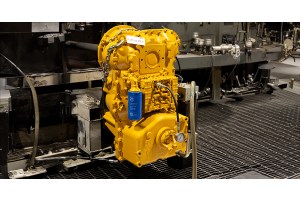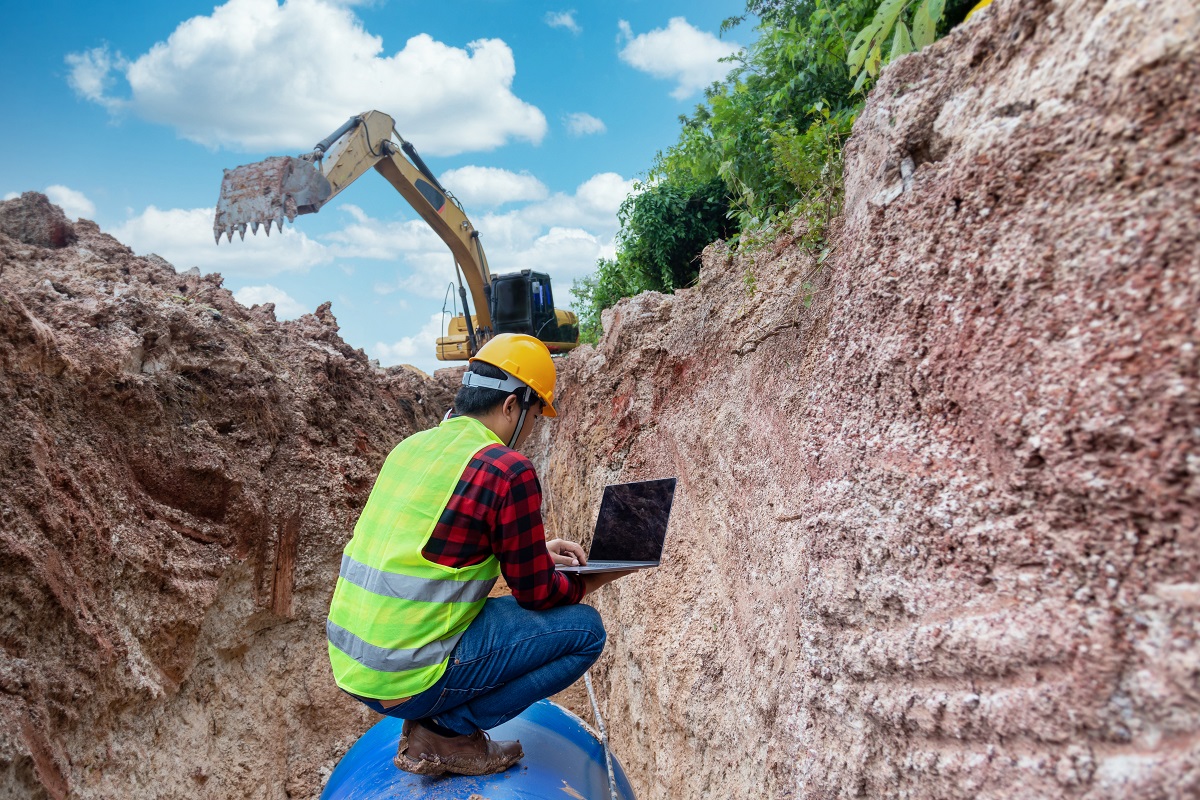
Trenches are used for many civil and engineering projects, including laying pipes and telephone wire. Trenching is critical to construction projects. There are different methods of trenching and many different types of trenching equipment.
Trenching can be dangerous and if not done right, can lead to serious injury or even death. That’s why it’s important to practice proper trenching practices.

If a trench is five feet or deeper, protective systems are required by OSHA. Trench depths deeper than 20 feet require systems designed by engineers.
Here's a look at some of the different types of protective systems used.
Sloping and Benching
Sloping refers to cutting back the trench wall at an angle to create a slope. Benching is the act of creating steps (like long benches) to travel up and down the earthen wall. Both systems can be used by themselves or in conjunction with one another.
Shoring
Shoring means that a support system made of timber, mechanical parts or hydraulic systems that help prevent a cave-in are installed. They help keep the Earth in place and provide an extra layer of protection. It is purely meant to help prevent a collapse.

Trench Shield
Unlike shoring, trench shields, also known trench boxes, aren’t meant to prevent a cave-in or collapse, but rather protect the worker should one occur. Trench shields are great for continuous trenching, like pipe laying.
A few things to consider about trench shields:
- Always follow the manufacturer’s warnings and labels
- No one should be in the shield when it’s being moved
- Not all shields are designed to be stacked on top of one another
- The empty spaces between the shield and the trench wall should be filled to prevent displacement
Directional Boring
Directional boring utilizes a boring machine that digs into the ground at an angle without disturbing much of the surface. First, a small pilot hole is created for direction; the bore is enlarged to the size that will fit the pipe. After that, the pipe is pulled through the hole.
Directional boring helps eliminate most of the dangers that are present with trenching.
Pipe Ramming
Pipe ramming, also known as pipe jacking, is used in mainly horizontal projects; a pipe is hammered into the ground. This method works best with larger pipes and for surfaces that may have trouble settling.

Utility Tunneling
Utility tunneling is similar to pipe jacking, except linear plates are needed and workers enter the borehole. The tunneling process can either be done by hand or using a boring machine.
Utility tunnels are used for colder climates and on large industrial and commercial sites below roadways. On these sites, regular inspection, maintenance and repairs are needed.
Before digging begins, atmospheric testing is required whenever a trench or excavation goes deeper than 4 feet and the presence of dangerous gases, such as carbon dioxide and methane, is suspected. In these situations, workers must be equipped with rescue equipment.
Because there is a risk of falling loads, OSHA requires all workers need to be standing away from lifting or digging equipment that is being loaded or unloaded.
The trenching site needs to be inspected daily for any potential cave-ins or collapses. Inspections must begin before the start of work and as needed throughout the shift.
Inspections also have to happen whenever the site may have been compromised by weather, blasting, or the passage of time between digging.
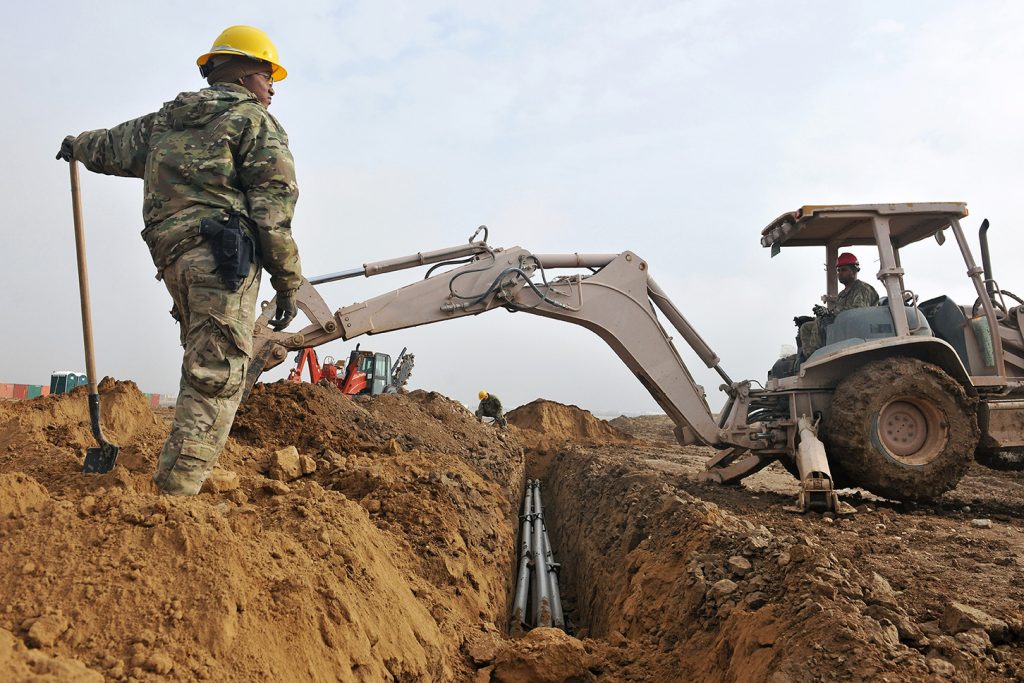
OSHA requires employers provide easy modes of access and egress to the trench such as ladders or ramps for trenches deeper than four feet. The entrances and exits must also be at least within 25 feet of an employee at all times.
Prior to any digging, excavation companies by law must contact local utility companies so they can mark their underground lines.
Underground utilities can pose an incredible amount of danger. Workers can accidentally hit a gas, electrical, water, sewer or phone lines resulting in serious injury or death.
On top of the dangers failing to get lines marked, digging without calling utility companies can result in fines and other penalties depending on the area.
OSHA requires companies put an experienced engineer in charge of conducting inspections with knowledge of company policies and state laws surrounding trenching. The person should be trained in identifying possible dangers, hazardous working conditions, and correcting the problems.

Having the right person in this position is critical because trenching is so technical and complicated.
Proper signage can play a huge role in preventing serious accidents. Adequate warning signs can alert workers an others near the working area.
OSHA has a list of safety procedures to follow.
- Never enter an unprotected trench
- Trenches deeper than 5 feet need to have a protective system in place unless they are made of stable rock
- Don’t place any excavated soil/material within 2 feet of the trench edge
- Don’t stand near any vehicle being loaded or unloaded
- Always wear proper safety equipment
- Use a checklist to conduct safety inspections
Here's a look at some potential hazards to be aware of.
- Cave-ins
- Falling debris or equipment
- Workers slips, trips and falls
- Flooding or water accumulation
- Hazardous atmosphere exposure
- Mobile equipment around the trench
Trenching can be some of the most hazardous work on a construction site. Learning proper trench safety can help keep you on track for your trenching project while providing the safest worksite possible.
ConEquip provides parts for many machines used in trenching. If you need parts for your excavator, backhoe or other digging machines, give ConEquip Parts a call.


